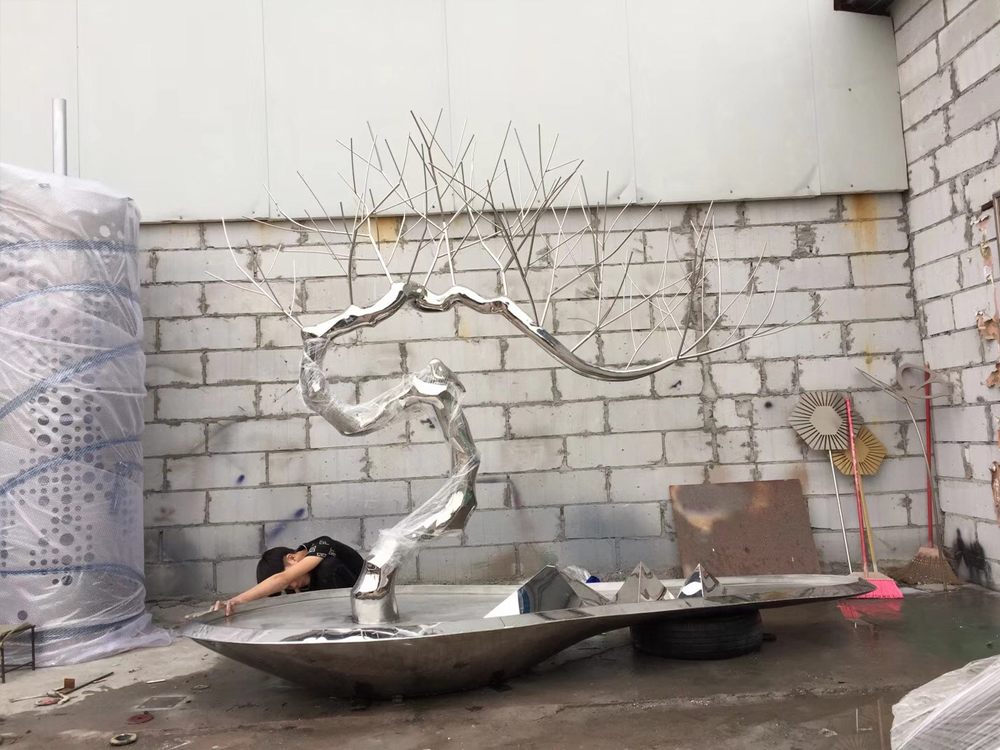
Wood carvings from historical periods serve as tangible records of human ingenuity, blending technology and artistry in ways that reflect their era’s advancements. From ancient Egyptian sarcophagi to intricate Chinese temple panels, each piece reveals the tools, techniques, and cultural priorities of its time.
Early carvings, like those from the Middle Ages, often relied on simple chisels and mallets, yet their religious motifs demonstrated a deep spiritual focus. As metallurgy improved, Renaissance artisans crafted finer details, showcasing human anatomy and naturalism with unprecedented precision. The Baroque period introduced dynamic compositions, while industrial-era carvings incorporated mechanized tools, balancing efficiency with tradition.
Beyond tools, wood carvings also reveal societal values. Tribal carvings emphasized communal symbolism, whereas royal commissions displayed wealth through ornate designs. Today, these artifacts help historians decode lost techniques and aesthetic shifts, proving that wood carving is more than craft—it’s a timeline of human progress.

